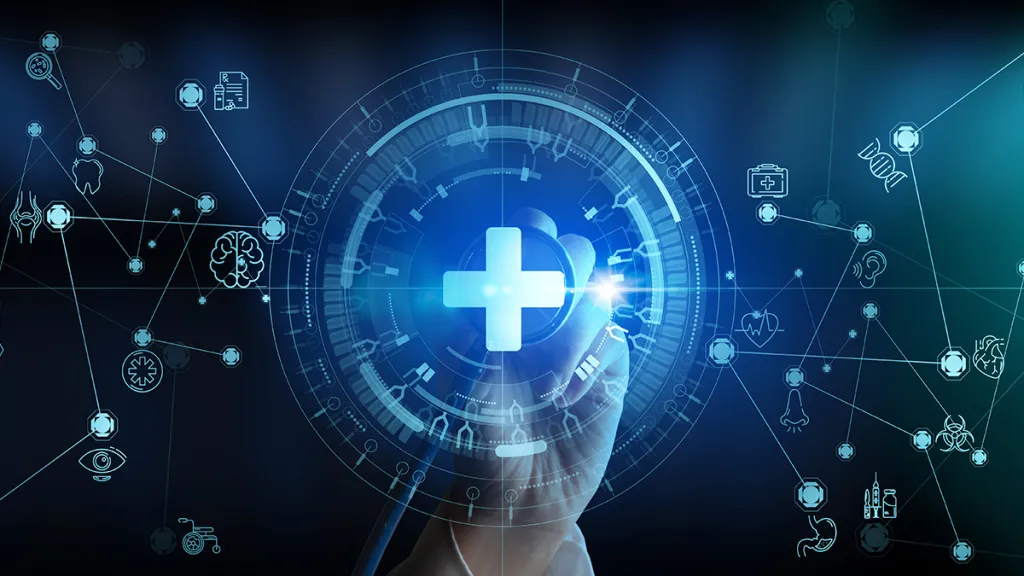When Innovation Meets Compassion: Redefining Success in Modern Medicine

Success in medicine used to mean survival. Today, it means something much more: quality of life. Modern healthcare isn’t just about treating illness—it’s about combining science, technology, and humanity to help people heal faster and live better. Across clinics and hospitals, a quiet revolution is happening. It’s where innovation meets compassion, and it’s changing how we define success in medicine.
The Shift from Treatment to Experience
Healthcare used to feel mechanical. Patients came in, got a diagnosis, received treatment, and left. The focus was on efficiency, not empathy. But that old model is disappearing.
A new generation of doctors and clinics is rethinking what “care” really means. They’re using advanced tools to diagnose and treat—but they’re also rebuilding the patient experience from the ground up.
“We realized early on that patients don’t just want fast results—they want to feel seen,” said one clinician at Gelbmann Podiatry. “Technology helps us heal better, but compassion keeps people coming back.”
In short, the future of medicine isn’t about cold machines—it’s about using those machines to restore warmth to care.
The Power of Innovation in Healing
Precision and Speed
Modern tools have turned guesswork into accuracy. High-resolution imaging can detect small fractures or tissue damage instantly. Laser therapies can reduce pain without surgery. Microwave treatments can remove warts without cutting or scarring.
These innovations aren’t flashy—they’re practical. They make healing faster, safer, and less stressful. For patients, that means shorter recovery times and fewer repeat visits.
A 2023 report from the National Institutes of Health found that technology-assisted diagnostics improve treatment accuracy by up to 40% in some specialties. That’s not just a statistic—it’s people walking sooner, working sooner, and living pain-free sooner.
Smarter Systems, Better Flow
New software systems now track patient progress, share data securely between specialists, and remind doctors of follow-ups automatically. That means fewer missed diagnoses and smoother coordination across care teams.
But the real win is time. More automation means doctors can focus on the human side—listening, explaining, and guiding.
The Compassion Gap
All the technology in the world means nothing without empathy. People don’t remember how fast they were treated—they remember how they were treated.
A survey by the Cleveland Clinic showed that 82% of patients value empathy from their healthcare provider as much as medical expertise. Yet many still leave appointments feeling rushed or unheard.
That’s where compassionate care stands out. It’s the difference between being a case file and being a person.
One podiatrist shared, “We had a patient who came in not just for pain, but out of frustration. She’d been to three other clinics. Once she realized we were actually listening—really hearing her story—her whole attitude changed. That’s when healing started.”
Empathy doesn’t slow things down. It speeds up trust—and trust improves outcomes.
Redefining Success in Modern Medicine
The Old Way: Volume
In the past, success was measured by volume—how many patients were seen, how many procedures were performed, how much revenue was generated. But treating more people doesn’t always mean treating them better.
The New Way: Value
Now, success looks different. It’s about outcomes, experience, and relationships. Doctors are measuring how well their patients recover, how quickly they return to normal life, and how they feel about the process.
At Gelbmann Podiatry, for example, the team tracks not just recovery metrics but satisfaction. They call patients after procedures, encourage feedback, and adjust protocols based on real experiences. That simple act—checking in—creates loyalty and transparency.
Success, in this new model, is measured in lives improved, not just cases completed.
Lessons from the Frontline
1. Technology Should Empower, Not Replace
Machines can scan, measure, and predict. But only people can connect. The most successful clinics use technology to amplify human skills, not substitute them.
“Our tools make us faster,” one Chicago clinician said, “but compassion makes us better. We don’t use tech to cut corners—we use it to create space for connection.”
2. Personalization Wins
One-size-fits-all medicine is dead. From wearable health trackers to tailored therapy plans, personalization is now the norm.
A 2024 survey by the Journal of Medical Practice found that patients receiving personalized care plans reported 30% higher satisfaction and better compliance with treatment.
That’s the power of being understood.
3. Follow-Up Is the Secret Weapon
Following up is underrated. A simple check-in—whether by phone, email, or message—shows patients they’re not forgotten. It builds long-term trust and prevents complications from going unnoticed.
How Patients Can Shape the Future of Care
Innovation and compassion don’t have to come only from doctors. Patients play a huge role, too.
Be Proactive
Don’t wait for pain to become unbearable. Regular check-ups, screenings, and early interventions save time and money—and prevent chronic conditions.
Ask Questions
Doctors appreciate informed patients. If something doesn’t make sense, ask for clarification. Understanding your care plan helps you stick to it.
Choose Providers Who Listen
Find clinics that value communication and transparency. If you feel rushed or dismissed, it’s okay to find someone who treats you with respect.
Embrace Technology Wisely
Health apps, wearable monitors, and telemedicine can be great tools—if used responsibly. Track your habits, monitor your progress, and share useful data with your provider.
The Human Side of High-Tech
What makes modern medicine so exciting is its balance. We’ve reached a point where science can do incredible things—robotic surgeries, AI-driven diagnostics, laser therapies—but it’s the human connection that turns those tools into healing.
Clinics like Gelbmann Podiatry are showing what’s possible when you merge precision with empathy. They’ve built systems that use technology to support—not overshadow—the doctor-patient relationship.
That’s what makes this new era different. It’s not innovation for innovation’s sake. It’s technology with heart.
“Our best results come from listening,” said one physician. “The machines help us treat conditions, but compassion helps us treat people.”
Looking Ahead
The next decade of medicine will be shaped by data, automation, and breakthroughs we can’t yet imagine. But if the past few years have taught us anything, it’s that humanity is still the best medicine.
As technology advances, the goal isn’t to replace doctors—it’s to free them to do what they do best: care.
The future of healthcare isn’t a hospital full of machines. It’s a place where innovation and compassion work side by side—curing pain, restoring confidence, and redefining what success in medicine truly means.



